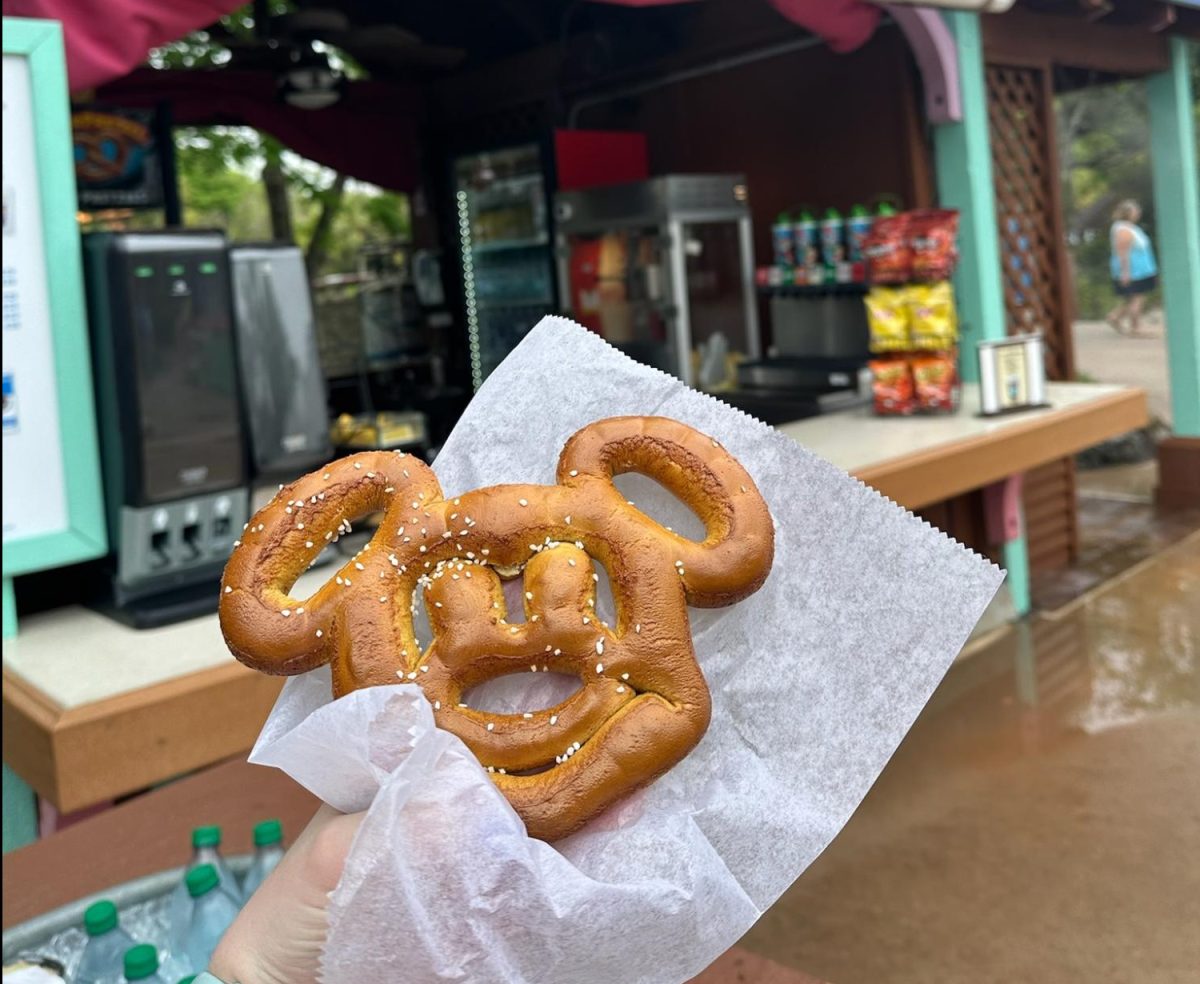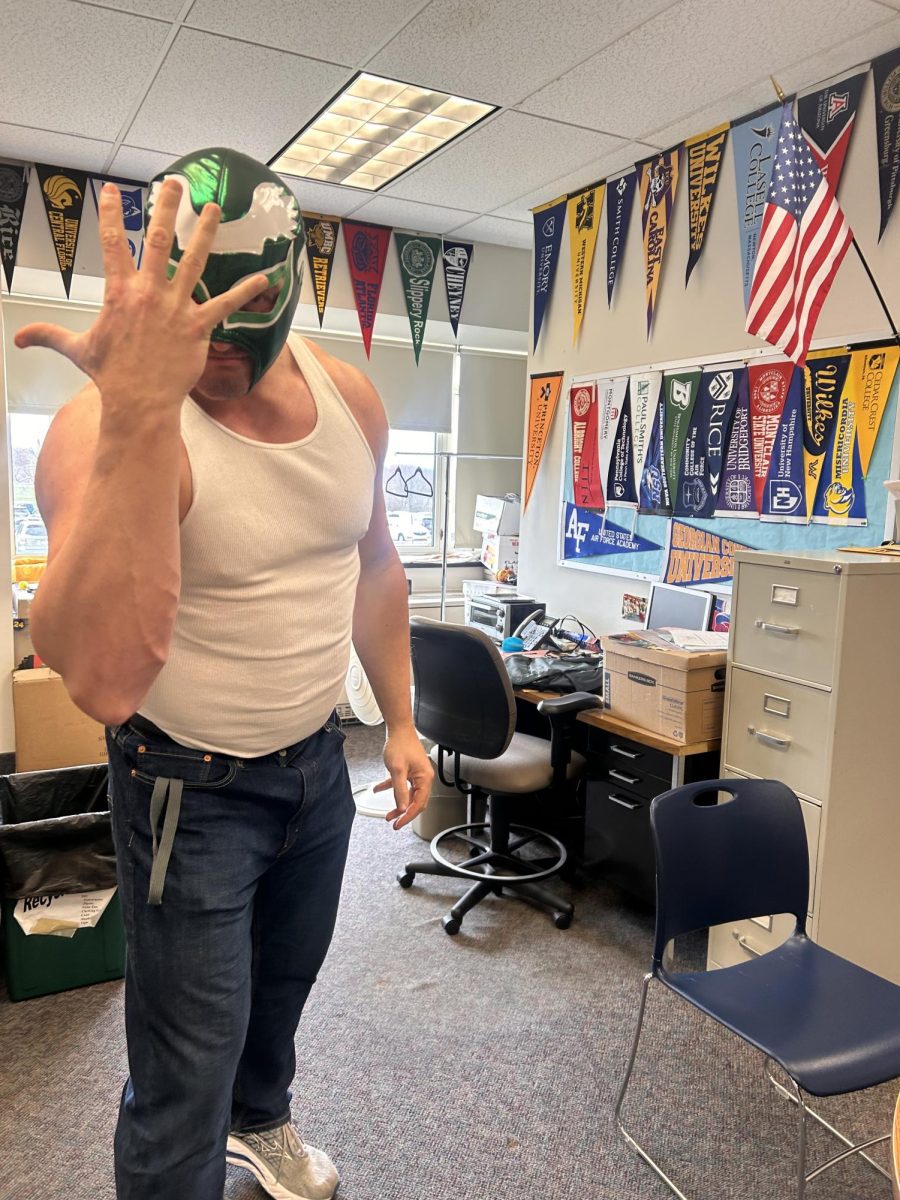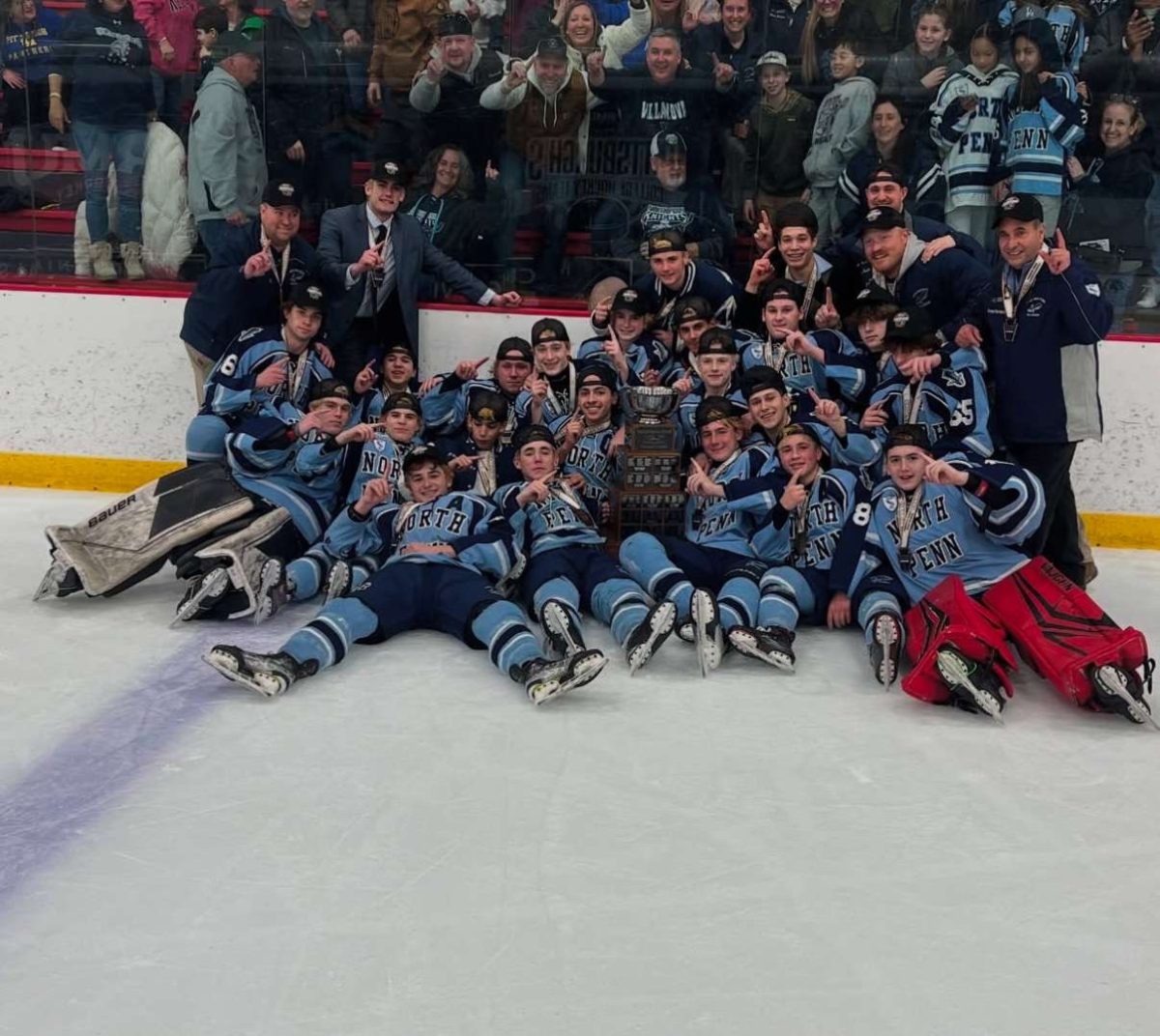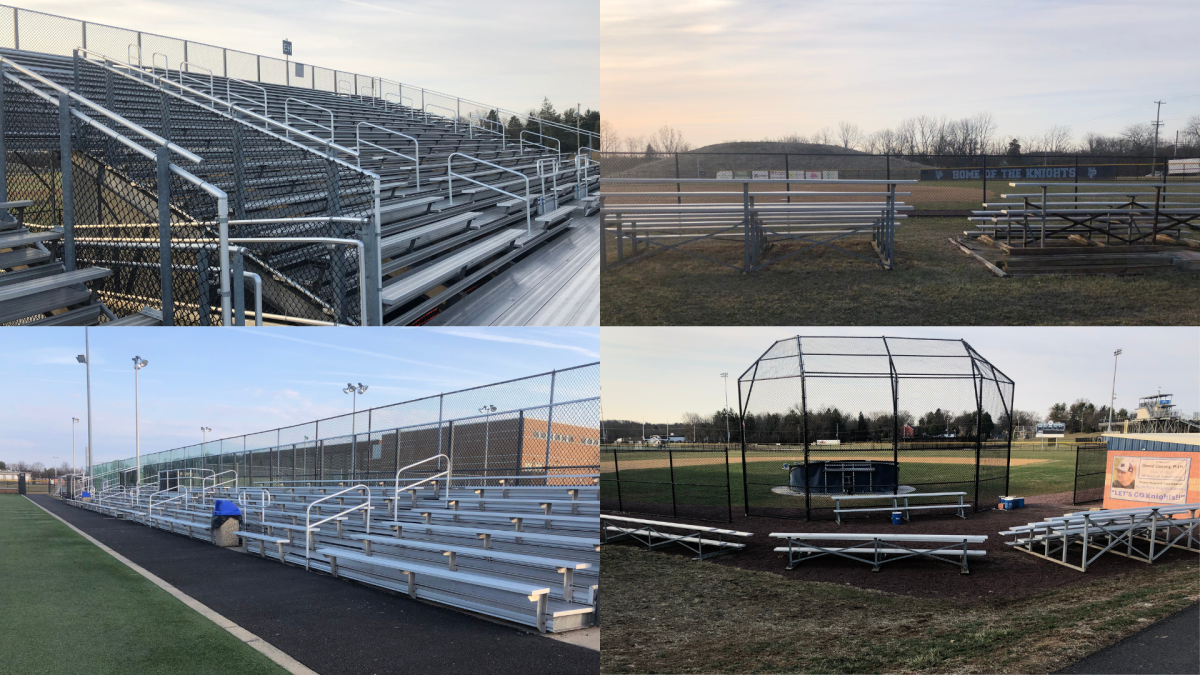EDITORIAL: NPHS perpetuates culture of fear through Halloween dress code
October 31, 2016
Halloween is not merely a day of dressing up in costume and trick-or-treating; it is an opportunity for enthusiasts to showcase creativity, imagination, and passion through detailed, handmade costumes. It is an opportunity for fans to dress up as their favorite characters, and it is an excuse for individuals to spend an hour or two on creepy, realistic makeup. Many put a lot of thought and effort into their costumes year after year. Unfortunately, the joy many experience during Halloween can potentially be extinguished in the name of safety.
In our society today, terrorism and cyber threats have lead to what sociologists call mass hysteria- a phenomenon in which a population in society transmits allusions of threat, real or imaginary, through rumors and fear. As a result, our society is hypersensitive to threats of potential attacks of terrorism- whether those threats are real or imaginary. An example of mass hysteria in our society today is the fear of the “Killer Clowns” as rumors have spread about both alleged and actual clown related attacks. Threats have been made online via social media, and many are concerned about safety.
NPHS has responded to safety concerns by banning clown costumes in school this Halloween. In doing so, it has legitimized the clown threat regardless of whether or not the threat is real or imaginary; therefore, NPHS has contributed to the mass hysteria. In addition, students must wear costumes that are “appropriate for school,” do “not detract from classroom learning,” and are not “offensive to anyone.” Because these restrictions are described in general phrases, the regulations regarding the Halloween dress code are up for interpretation, meaning that anybody, student or teacher, has the power not only to determine whether or not a costume is school appropriate but also has the potential to discriminate against a costume based on prejudice or general dislike. Essentially, the costume restrictions imposed on students by the school has the potential to open the doors to a slippery slope of costume censorship. Although it is true that students can wear their costumes elsewhere, the latent function of school fosters students with a social environment in which students can express and share their passion with other students. In turn, one student’s passion can inspire other students to pursue new opportunities and potential interests.
Ironically, crime rates are down amidst the mass hysteria. According to Pew Research center, “national rates of gun homicide, non-fatal gun crime and all non-fatal violent crimes have fallen since the mid-1990s.” Considering this, safety concerns should not compromise an individual’s self-expression when the concerns have the potential to be based on imaginary threats. As FDR once famously said, “The only thing we have to fear is fear itself.”










Dr. Hall • Oct 31, 2016 at 1:41 pm
Thank you, Ashley! Finally, someone is standing up for clowns. We have taken quite a hit due to recent headlines. Thank you for such outstanding writing in solidarity with our society’s most mirthful professional calling.